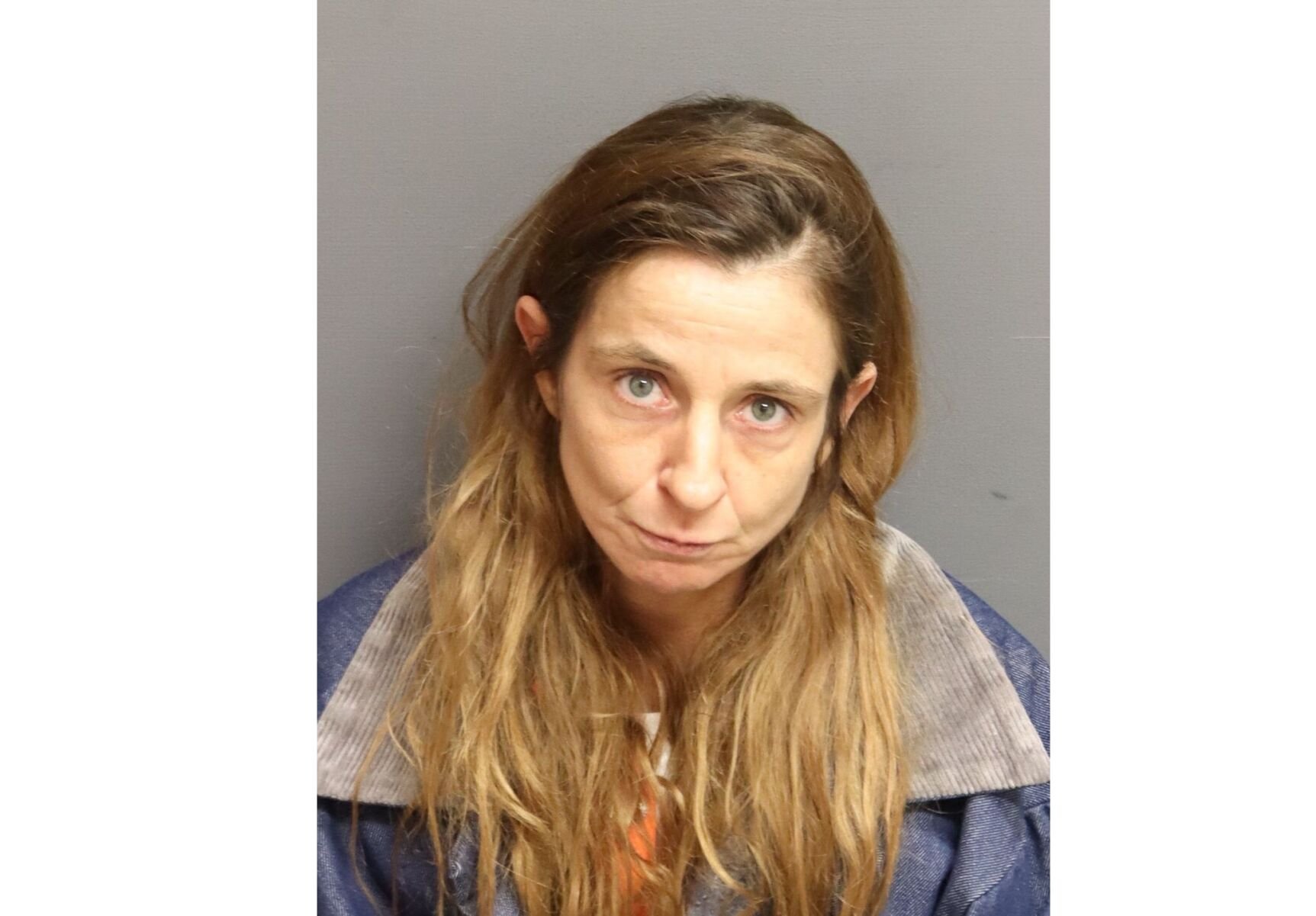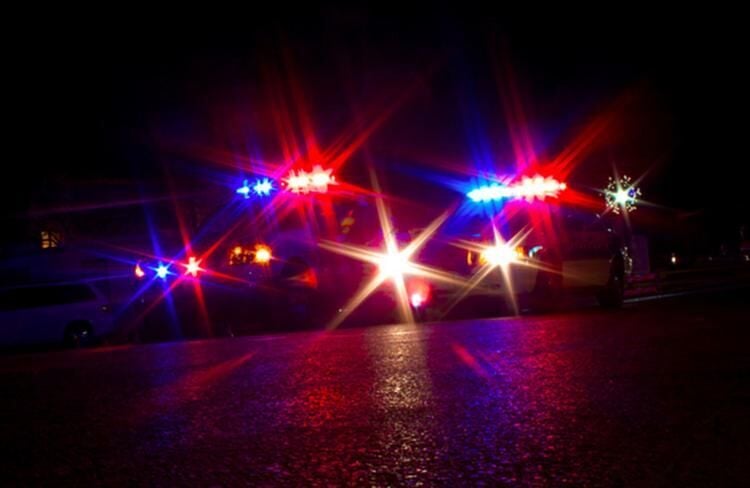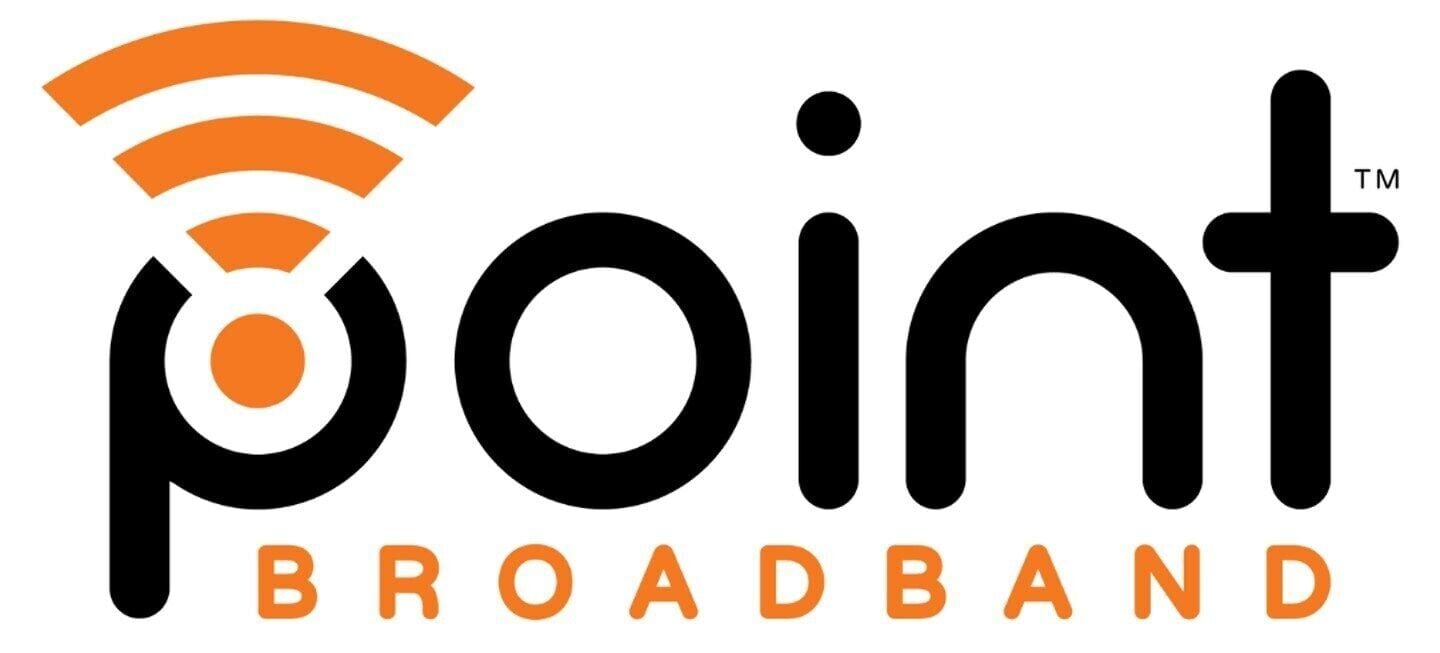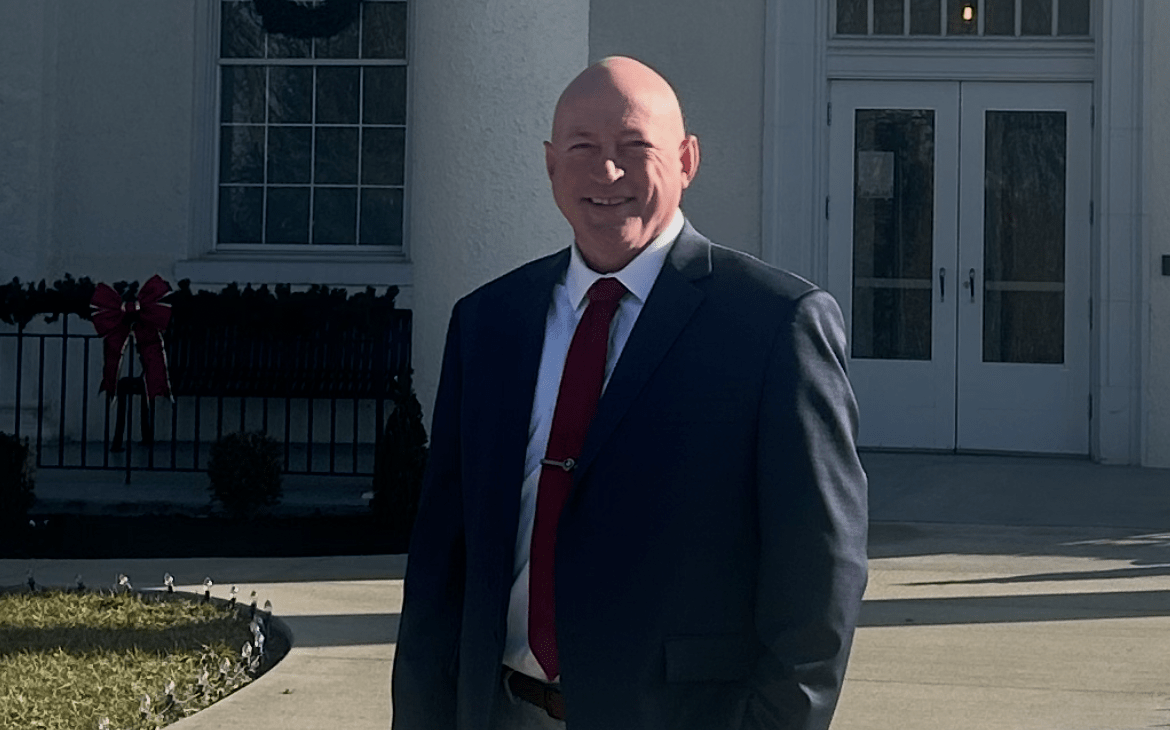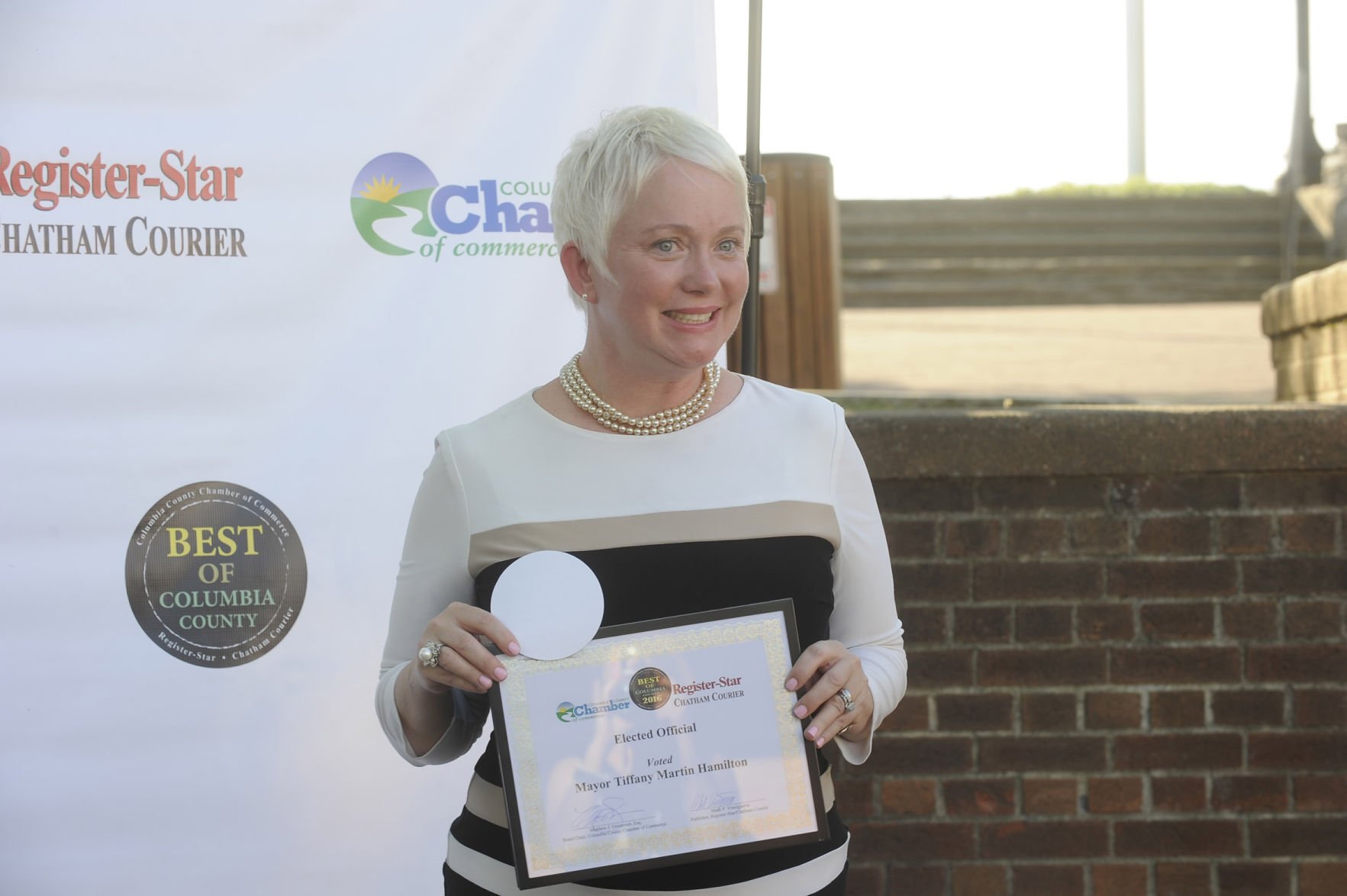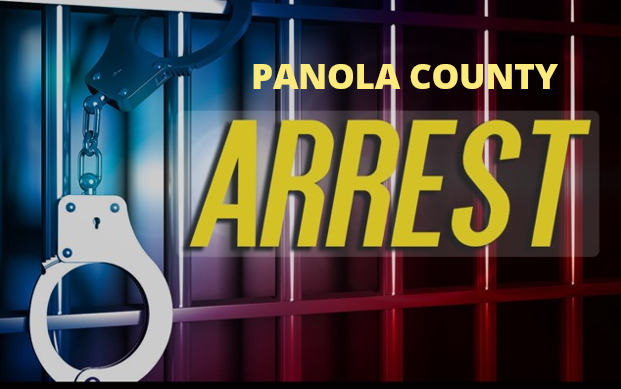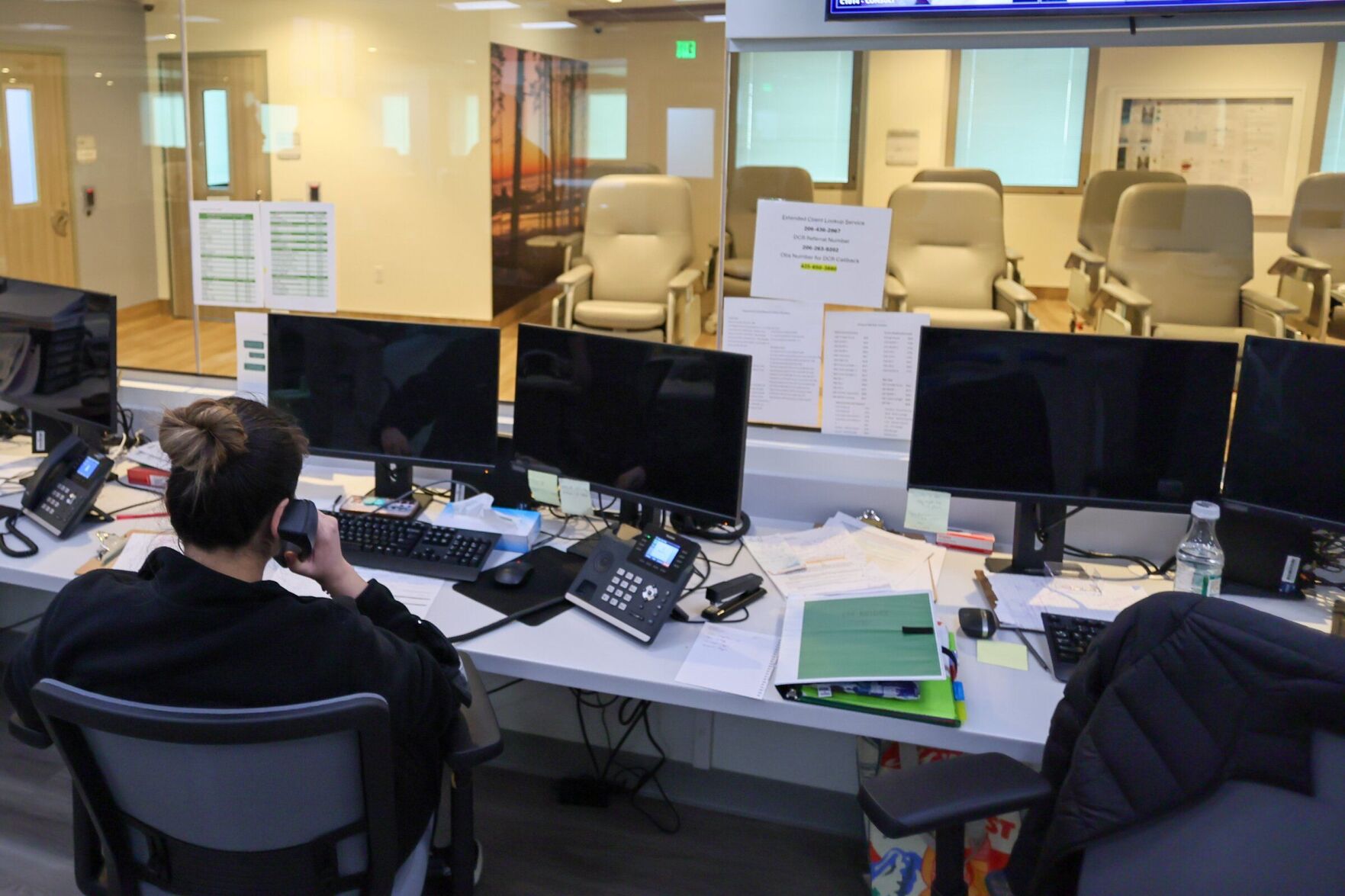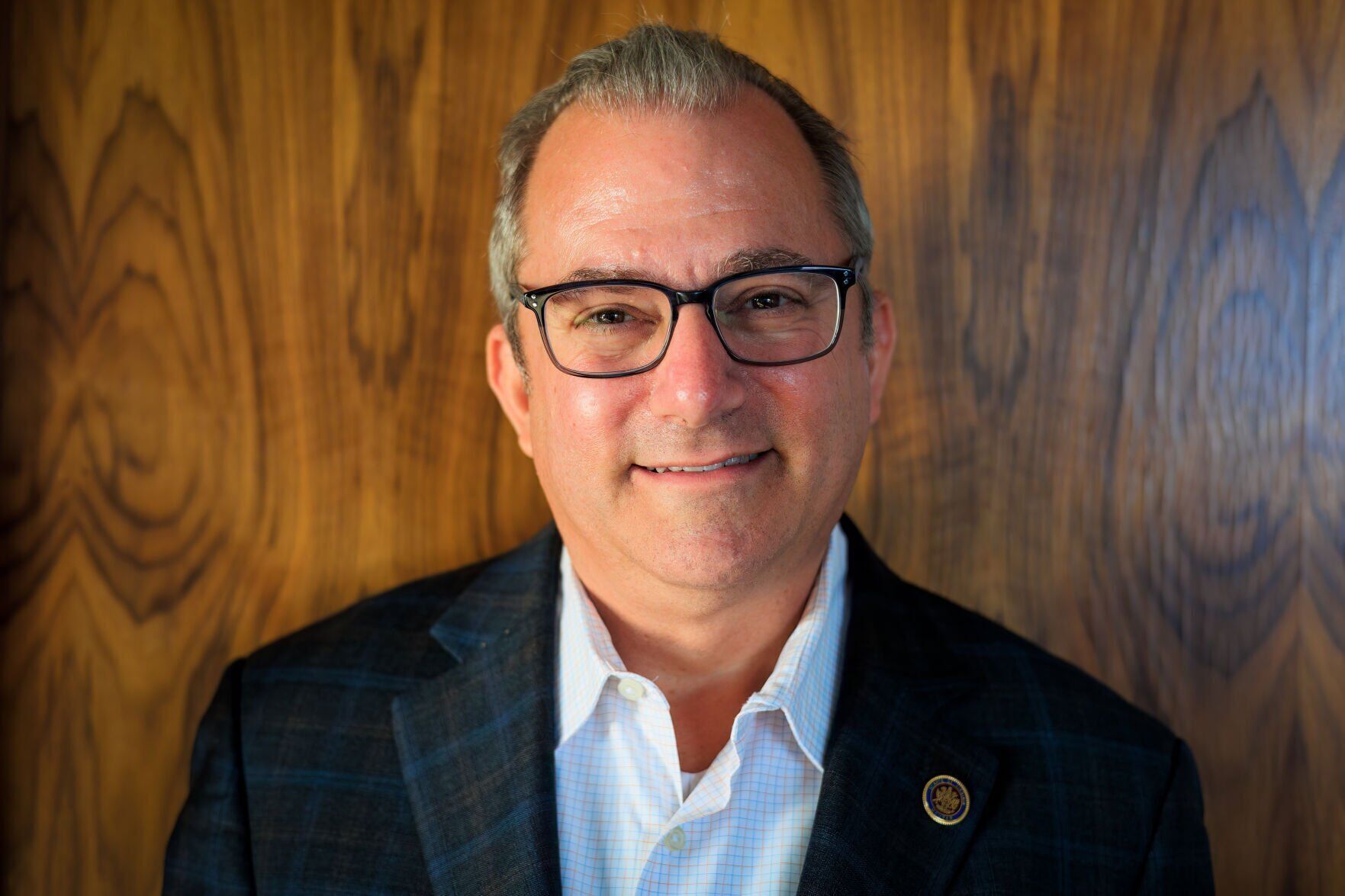National City, California, spends $32,000 every year repainting walls scarred by graffiti. This week, councilmembers voted to spend $12,000 on two large murals instead—betting that art, not fresh primer, will keep vandals away and turn a blighted corridor into a destination.
National City councilmembers vote on new strategy to clean up graffiti
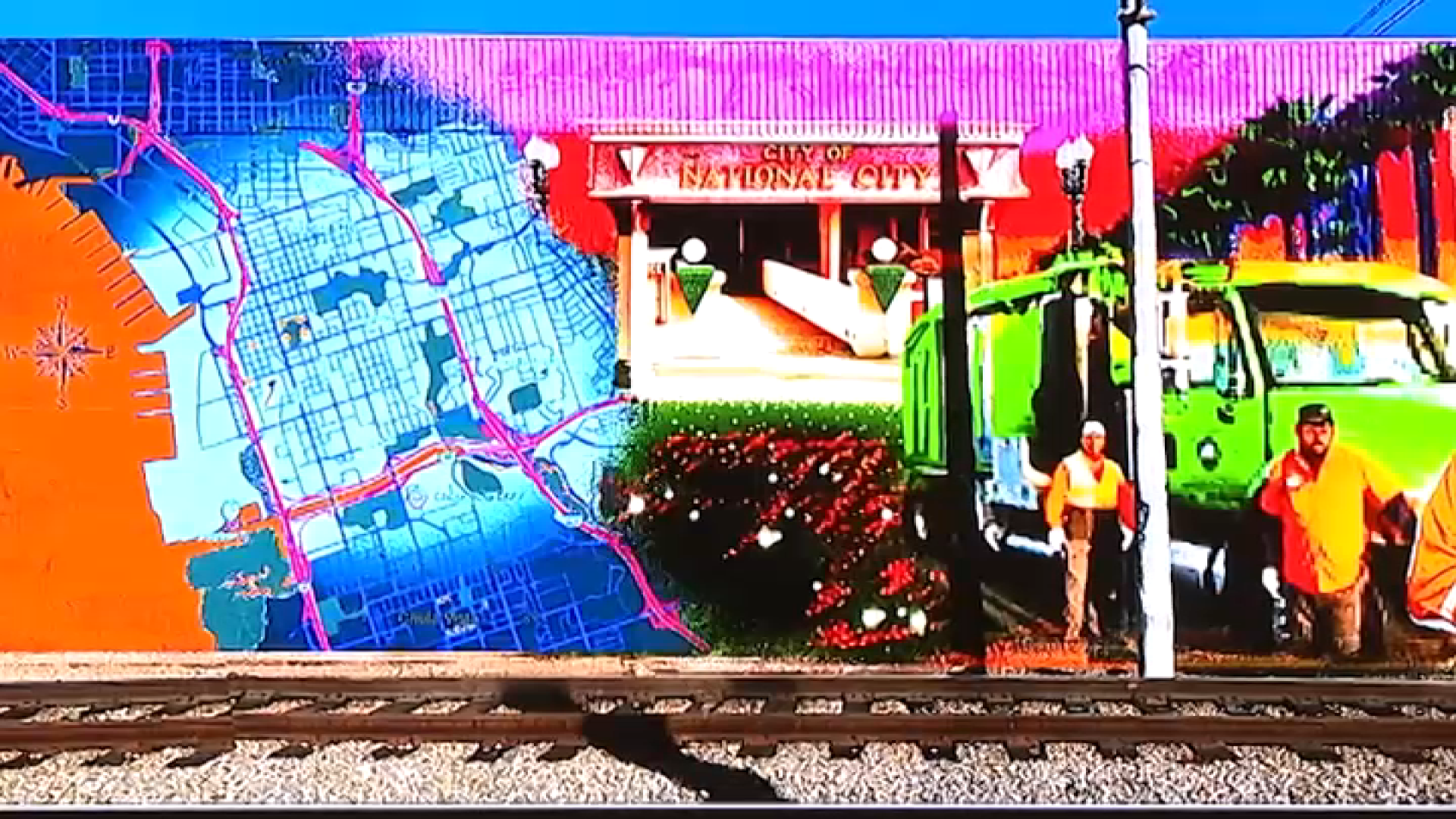
Key Takeaways:
- National City allocates about $32,000 annually to remove graffiti.
- The City Council approved two murals costing $12,000 for the public-works building.
- Artists from the Vision Culture Foundation will paint the murals, celebrating local workers and residents.
- Officials cite other cities where murals both attract visitors and reduce tagging.
- The project could expand along the corridor with help from private funding.
Graffiti Budgets Versus Brushstrokes
National City’s latest battle against graffiti was decided in a Tuesday night vote: rather than masking spray-painted tags with yet another coat of beige, councilmembers hired artists to cover two walls of the city’s public-works building with color-saturated murals. The price tag—$12,000—stands in contrast to the $32,000 the city shells out each year to erase vandalism.
“A broken windows theory”
Vice Mayor Marcus Bush, who recently joined volunteers scrubbing the 18th Street bridge over Interstate 805, framed the problem in classic urban-blight terms. “When there is trash or junk that you don’t take care of in your neighborhood, it grows,” he told the council. Murals, he believes, can flip that script by turning an inviting target for taggers into a source of neighborhood pride.
Why Murals Tend to Deter Tagging
Ryan Johnson of the Vision Culture Foundation, the nonprofit selected for the job, said the approach works precisely because it is not punitive. “We engage them and have them get paid to use their skills they already have,” he noted. “Instead of using it illegally, they’re using it to beautify their neighborhood.” The group points to projects in Philadelphia, Cincinnati, and Miami’s art district where visitors multiplied and vandalism waned once large-scale art went up.
Counting the Savings—and the Potential
At $12,000, the twin murals represent barely a third of the annual clean-up budget. Bush calls the step “the first phase in what we hope will be a catalyst to be second largest mural project outside of Chicano Park on several buildings along this corridor.” To stretch taxpayer dollars, the city hopes businesses and private donors will underwrite future walls, many of which sit on private property.
Next on the Agenda
Alongside approving the initial murals, councilmembers directed staff to draft a formal policy for future public art. If the plan works as envisioned, the corridor could swap a cycle of tagging and repainting for one of art and attention—at a fraction of the price.
